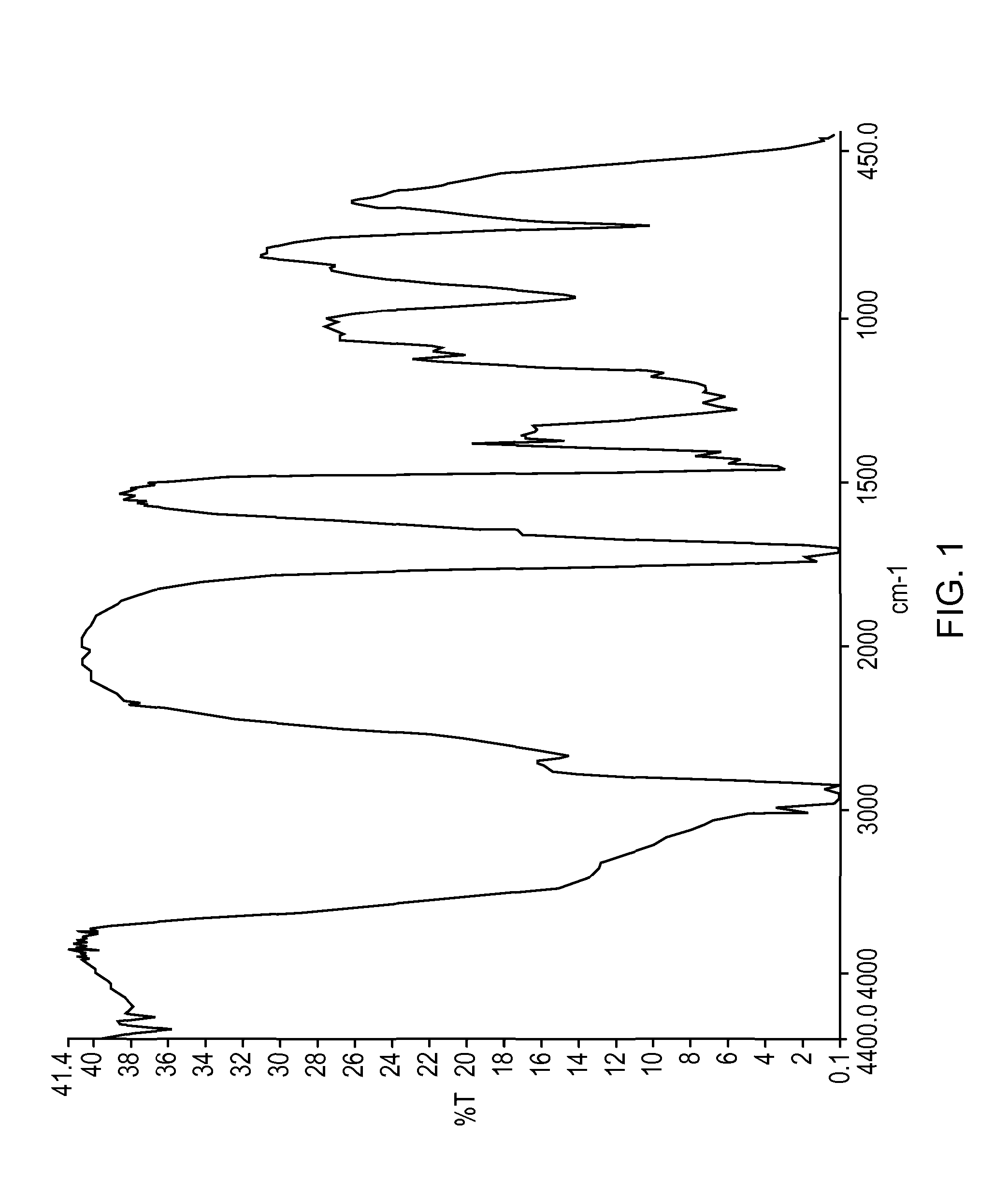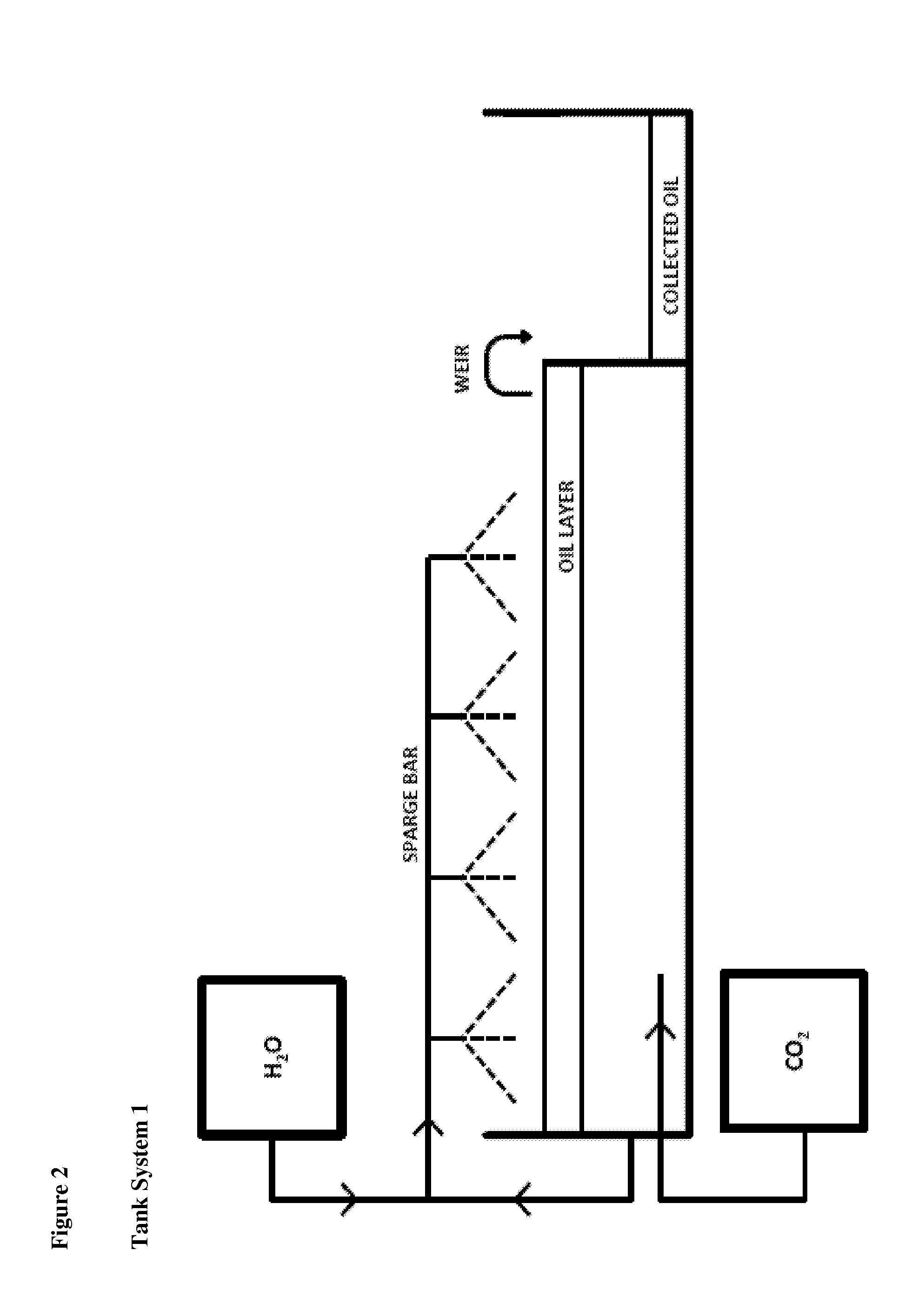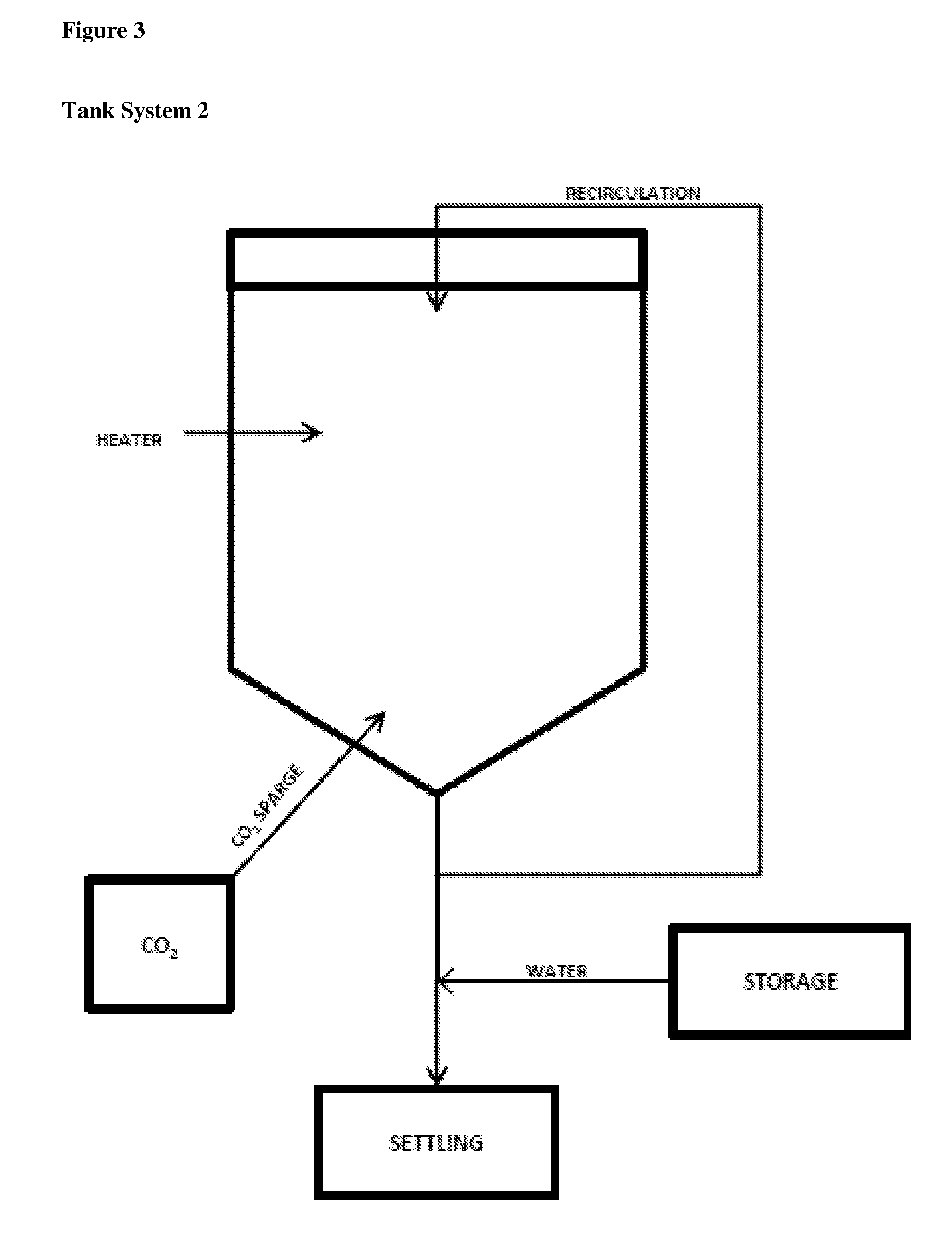Microorganism for converting carbon dioxide to aliphatic carboxylic acids via formic acid intermediate
a technology of carbon dioxide and intermediates, applied in the field of microorganisms, can solve the problems of poor yield, limitation of previous attempts to use carbon dioxide as a carbon substrate to produce fuel molecules, and inability of microorganisms to convert carbon dioxide via formic acid into a longer chain energy source, etc., and achieve the effect of robust hydrogenase enzyme system and easy harvesting
- Summary
- Abstract
- Description
- Claims
- Application Information
AI Technical Summary
Benefits of technology
Problems solved by technology
Method used
Image
Examples
examples
[0115]The invention will now be described in detail by way of example only with reference to the figures in which:
[0116]FIG. 1 is an infrared scan of an energy source produced by the micro-organism of the invention. The energy source is an oil product comprising aliphatic carboxylic acids and the infrared scan shows chemical features typical of an aliphatic carboxylic acid.
[0117]FIG. 2 shows a first tank system which can be used to produce oil according to the invention.
[0118]FIG. 3 shows a second tank system which can be used to produce oil according to the invention.
[0119]FIG. 4 is a flowchart showing the process for producing oil using the second tank system.
[0120]The following description is in no way limiting to the scope of the invention.
[0121]Overview
[0122]The following aspects of the invention will be discussed:
[0123]1) Properties of the bacterial culture;
[0124]2) Production of carbon building blocks (formic acid);
[0125]3) Assembly of building blocks into short, medium and l...
PUM
| Property | Measurement | Unit |
|---|---|---|
| Temperature | aaaaa | aaaaa |
| Temperature | aaaaa | aaaaa |
| Temperature | aaaaa | aaaaa |
Abstract
Description
Claims
Application Information
 Login to View More
Login to View More - R&D
- Intellectual Property
- Life Sciences
- Materials
- Tech Scout
- Unparalleled Data Quality
- Higher Quality Content
- 60% Fewer Hallucinations
Browse by: Latest US Patents, China's latest patents, Technical Efficacy Thesaurus, Application Domain, Technology Topic, Popular Technical Reports.
© 2025 PatSnap. All rights reserved.Legal|Privacy policy|Modern Slavery Act Transparency Statement|Sitemap|About US| Contact US: help@patsnap.com



